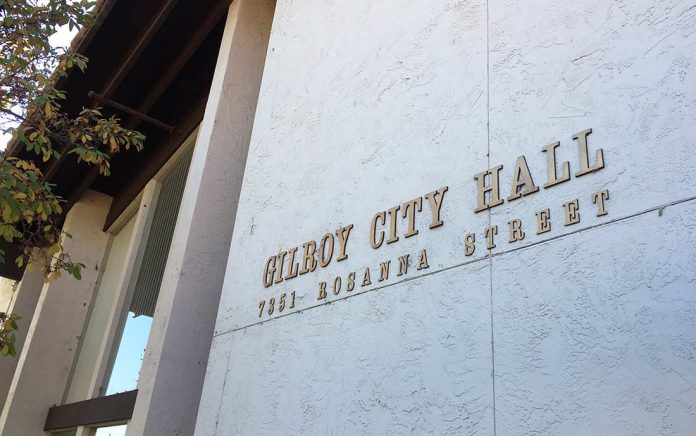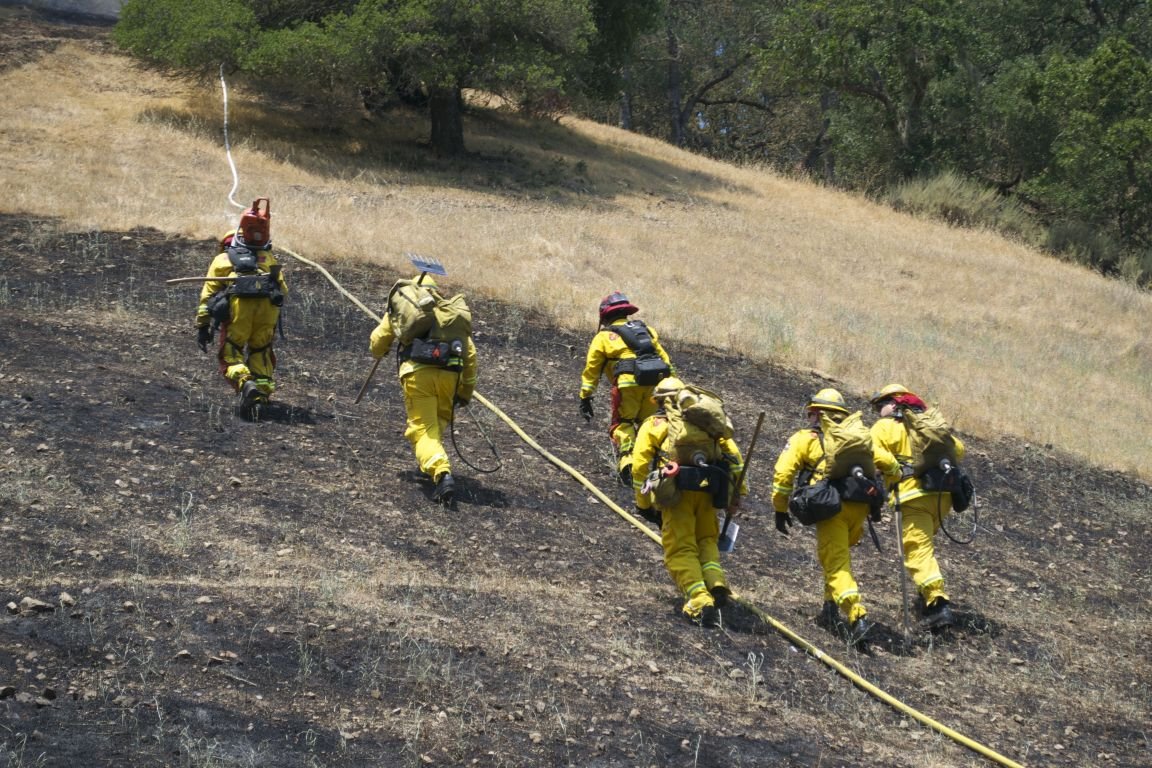Crews recently cleared a homeless encampment underneath a bridge on IOOF Avenue that crosses Miller Slough, where parents of students from the adjacent schools have frequently expressed their concerns over safety for their children.
But with limited shelters already at capacity, those who were asked to move along have nowhere else to go, and some have just shifted their belongings across the street.
The Gilroy City Council on Sept. 12 revisited its no-camping ordinance that it discussed in July, with a plan to take it further.
Mayor Marie Blankley requested city staff come back with an ordinance that prohibits camping within 500 feet of areas where children are expected to be, such as schools and playgrounds. The request was unanimously supported by the council.
An updated ordinance will be considered at a future meeting.
Outright bans on outdoor camping have been largely prohibited across the U.S. and in Gilroy since the Ninth District Court of Appeals ruled in 2019’s Martin v. City of Boise that outdoor public camping cannot be criminalized unless the individuals are given an alternative shelter option.
On July 5, the council gave the Gilroy Police Department the go-ahead to enforce no-camping ordinances on public property if it offers space at a homeless shelter to individuals beforehand.
But recent interpretations of the rulings from courts suggest that an ordinance that prohibits “sitting, lying or sleeping outside” at certain locations might be constitutionally permissible, according to Senior Management Analyst Bryce Atkins, as could one that bans the obstruction of public rights of way.
City Attorney Andy Faber said Gilroy’s ordinance currently bans camping in public parks, but some cities are going beyond that. He pointed to a recent ordinance adopted in Los Angeles, which bans camping around daycares and parks.
Whether that decision will be challenged in court remains to be seen, Faber said. But if Gilroy adopted a similar ordinance, it could map out the city showing areas where public camping is allowed that may satisfy the court, he added.
Homeless advocate Jan Bernstein Chargin said it’s reasonable to prohibit camping near schools, but only if the unhoused are shown where they can go instead.
“Defining the areas is incredibly important,” she said. “It’s not enough to just say, ‘just not here.’ The majority of people do want to comply and we should give them a way to do that.”
City Administrator Jimmy Forbis said the IOOF Avenue bridge’s footings were damaged by the encampment. Public works crews are currently trying to find equipment that is small enough to fit in the tight spot to repair the damage, he added.
Also during the Sept. 13 meeting, the council unanimously voiced its support for an affordable housing project at the corner of Eighth and Alexander streets.
While there is still a ways to go before the shovels hit the dirt, the memorandum of understanding between the city and County of Santa Clara signals a step toward using funds from the 2016 voter-approved Measure A bond to construct a potentially 57-unit project.
The 1.3-acre site is currently a vacant industrial yard owned by the county.
Under the MOU, the county would seek out an affordable housing developer and manage the various development requirements, while the city would waive impact fees that could range between $2.2 million to $3 million.















